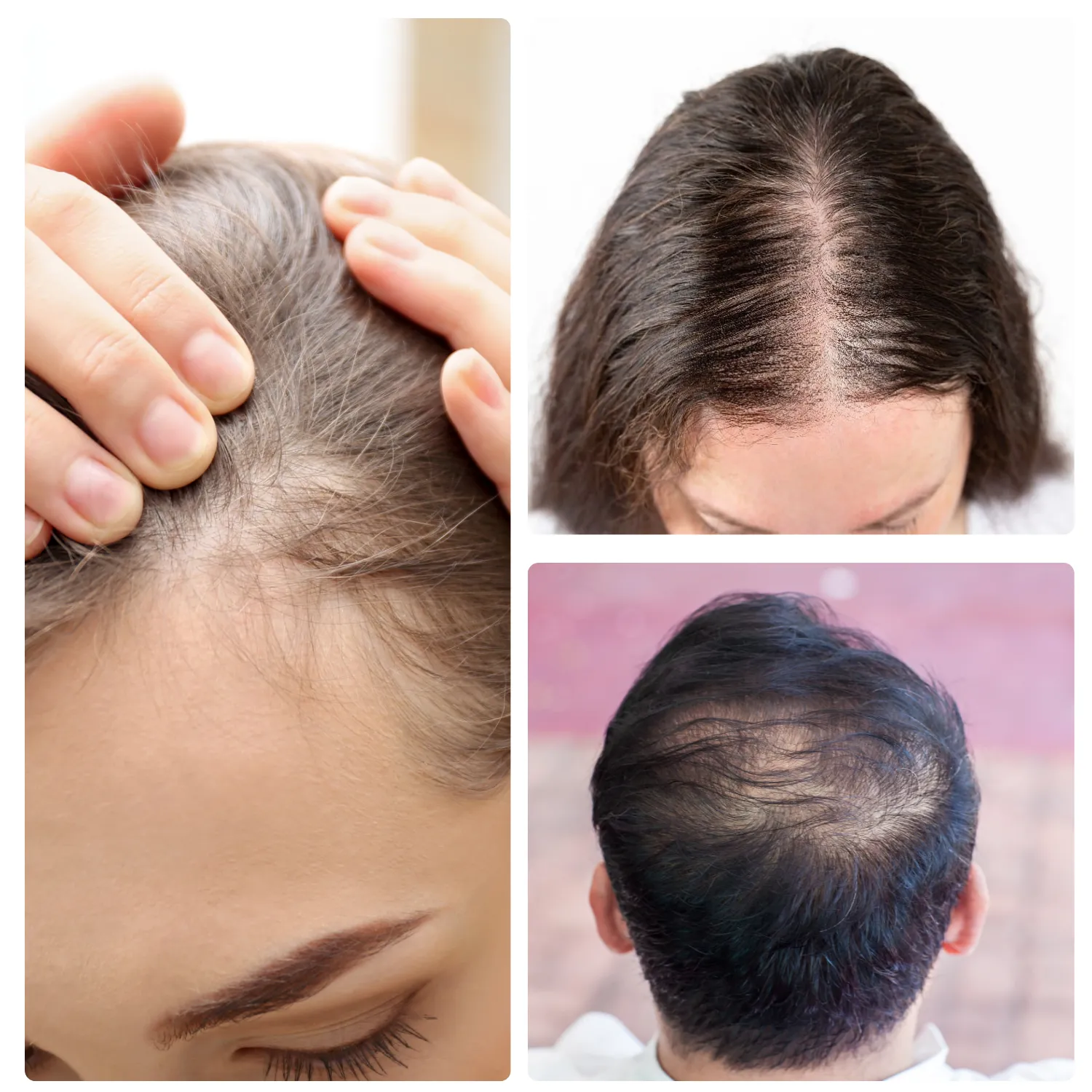
Acne causes pimples, blackheads, and clogged pores, mostly on the face, chest, and back. Dermatology photos of skin conditions can help you see the different stages of acne, from small breakouts to large, painful pimples that need a doctor’s help.
Eczema causes dry, itchy, red patches of skin. By looking at derm pictures, you can spot eczema’s dry, irritated skin. The best way to treat it is by using moisturizing creams and avoiding triggers like harsh soaps and certain fabrics.
Psoriasis causes raised red patches covered with white or silver scales. Dermatology pictures help you see psoriasis on the elbows, knees, and scalp. Knowing what it looks like can help you seek early treatment.
Rosacea makes the skin red, often with small bumps and visible blood vessels. Dermatology photos of skin conditions like rosacea help you recognize the signs, which can be treated with creams or lifestyle changes.

Leg skin diseases like varicose veins or dermatitis can cause red, itchy, or swollen skin. Dermatology images can help you recognize these conditions early, so you can get the right treatment.
Itchy skin conditions, like hives or insect bites, can be caused by allergies or infections. Dermatology pictures help you recognize the cause of the itching and decide if you need to treat it at home or see a doctor.
Hand skin diseases, such as dermatitis or psoriasis, cause skin to crack, peel, or become red. Dermatology photos show these changes and help you decide whether to use creams or see a doctor for a prescription.